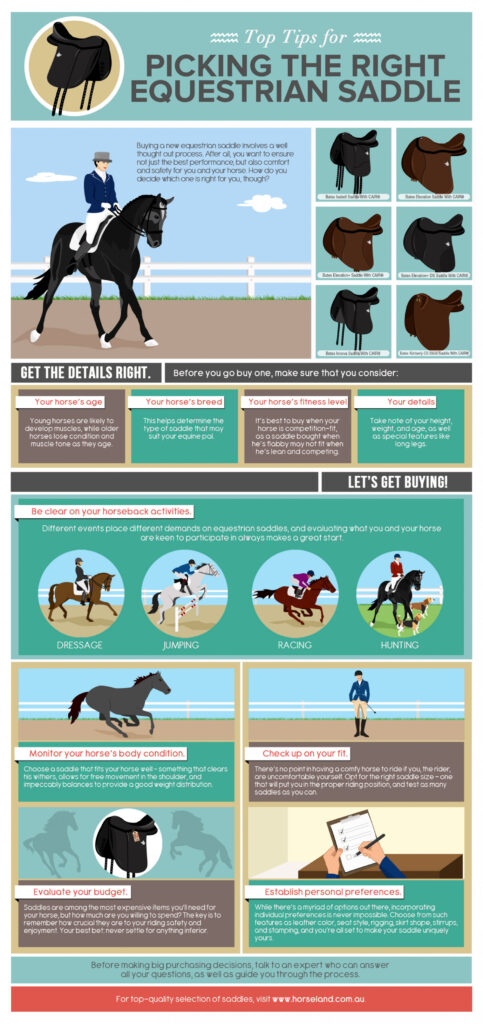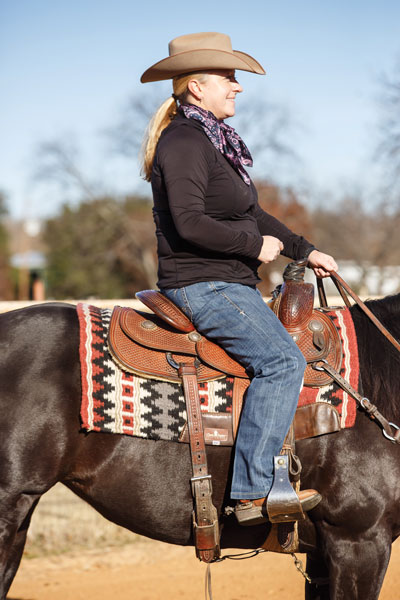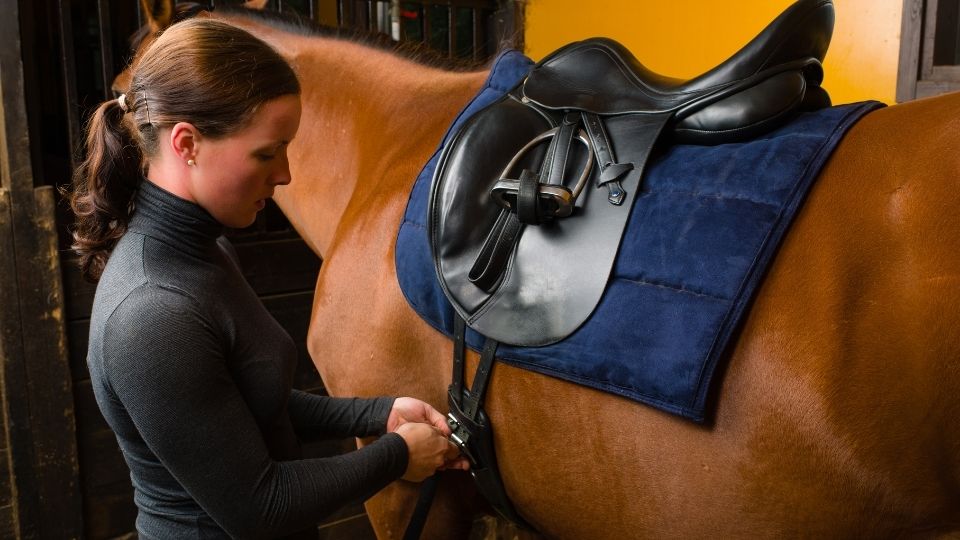In this article, we will discuss the important topic of choosing the right saddle for horseback riding. You will learn about the different types of saddles available and how to determine the correct size and fit for both you and your horse. We will also explore the various materials used in saddle construction and their benefits. By the end of this article, you will have a better understanding of what to consider when selecting a saddle to ensure a comfortable and enjoyable riding experience.
Choosing the Right Saddle for Horseback Riding
Horseback riding is not only a popular recreational activity but also a competitive sport enjoyed by people of all ages and skill levels. Whether you are a seasoned rider or a beginner, one of the most important aspects to consider is choosing the right saddle for your horse. A properly fitting saddle can greatly enhance your riding experience, ensuring comfort and safety for both you and your horse. In this article, we will explore the importance of finding the right saddle, factors to consider when choosing one, different types of saddles, saddle fitting, measuring your horse, trying different saddles, rider’s comfort, saddle accessories, and maintaining your saddle.

Importance of Finding the Right Saddle
Finding the right saddle for your horse is crucial as it directly affects your riding experience and your horse’s overall well-being. An ill-fitting saddle can cause discomfort, pain, and even long-term health issues for your horse. It can also inhibit your ability to communicate effectively through your seat and aids, resulting in poor performance and a less enjoyable ride. By investing time and effort in selecting the right saddle, you can ensure a comfortable and successful partnership with your horse.
Factors to Consider When Choosing a Saddle
There are several factors to consider when choosing a saddle, including your riding discipline, horse’s conformation, your body type, and personal preferences. The saddle must be suitable for the type of riding you will be doing, whether it is Western, English, trail riding, dressage, or endurance. Additionally, the saddle should fit your horse’s body shape and size, taking into account the withers, back length, and shoulder angle. Your body type and riding style should also be taken into consideration, as different saddle designs offer varying levels of support and security.
Different Types of Saddles
Western Saddles
Western saddles are commonly used for pleasure and trail riding, as well as Western disciplines such as reining and roping. They are known for their large, deep seats, high pommels, and horn in the front. Western saddles provide stability and comfort for long hours in the saddle, with features like wide stirrups and a prominent cantle for support.
English Saddles
English saddles are used for various English disciplines, including show jumping, dressage, and eventing. They have a flatter seat, lighter weight, and no horn. English saddles offer a closer contact with the horse and allow for more freedom of movement. They often have a shorter, more forward-cut flap to accommodate the rider’s leg position.
Trail Saddles
Trail saddles are designed for long rides and provide extra comfort for both the rider and the horse. They are typically lightweight, with added padding and a balanced seat to reduce stress on the rider’s back. Trail saddles often have features like saddlebags and extra D-rings for attaching gear.
Dressage Saddles
Dressage saddles are specifically designed for the discipline of dressage, focusing on the rider’s position and close contact with the horse. They have a deep seat, long flaps, and large knee blocks to support the rider’s leg position. Dressage saddles promote a correct and balanced seat, allowing for precise communication between the rider and the horse.
Endurance Saddles
Endurance saddles are designed for long-distance riding and endurance competitions. They are lightweight, with a padded seat, multiple D-rings for attaching equipment, and often feature a flexible tree for added comfort. Endurance saddles provide stability and support during extended periods of riding.
Saddle Fitting
Proper saddle fitting is essential to ensure both the horse’s comfort and the rider’s balance. A well-fitting saddle should distribute the rider’s weight evenly over the horse’s back, without placing excessive pressure on any particular area. It should also allow the horse’s shoulder to move freely and accommodate its back shape. An experienced saddle fitter can help you find the right saddle for your horse by assessing the horse’s conformation and measuring various points along its back.

Measuring Your Horse for a Saddle
Before purchasing a saddle, it is important to measure your horse accurately. The measurements should include the horse’s withers height, back length, shoulder angle, and girth size. These measurements will help you determine the appropriate tree size, seat size, and overall fit of the saddle. It is recommended to consult with a professional saddle fitter or a knowledgeable equestrian retailer to ensure accurate measurements and a proper fit.
Trying Different Saddles
Once you have determined the type and size of saddle suitable for your horse, it is advisable to try out several different saddles before making a final decision. Riding in different saddles allows you to assess their comfort, balance, and fit for both you and your horse. It is important to take your time and consider factors such as the saddle’s construction, materials, and how it feels during different gaits. Ultimately, the saddle should feel secure, comfortable, and supportive for both you and your horse.

Considering the Rider’s Comfort
While the horse’s comfort is of utmost importance, the rider’s comfort should not be overlooked either. A saddle that supports the rider’s position, provides stability, and allows for proper alignment of the body is essential for a safe and enjoyable ride. Factors such as seat depth, cushioning, stirrup position, and flap design should be taken into consideration to ensure maximum comfort for the rider.
Saddle Accessories
In addition to the saddle itself, there are various accessories that can enhance your riding experience. These include saddle pads, girths, stirrup leathers, and stirrup irons. Saddle pads provide additional cushioning and help absorb moisture, while girths secure the saddle in place. Stirrup leathers and irons vary in design and material, allowing the rider to find the most comfortable and secure fit. It is important to choose high-quality accessories that complement your saddle and meet your specific riding needs.

Maintaining and Caring for Your Saddle
To ensure the longevity and performance of your saddle, regular maintenance and care are essential. Proper cleaning, conditioning, and storage practices will help keep the saddle in good condition and prevent damage. Cleaning the saddle regularly removes dirt, sweat, and grime, while conditioning keeps the leather supple and prevents cracking. It is also important to store the saddle in a cool, dry place away from direct sunlight and extreme temperatures. Regular inspections and repairs by a professional saddle maker or repairer can help address any issues before they become more serious.
In conclusion, choosing the right saddle for horseback riding is crucial for both the rider’s comfort and the horse’s well-being. By considering factors such as riding discipline, horse’s conformation, body type, and personal preferences, you can find a saddle that fits both you and your horse perfectly. Proper saddle fitting, accurate measurements, trying different saddles, and considering accessory options are all important steps in selecting the ideal saddle. Remember to prioritize the comfort and safety of both you and your horse, and regularly maintain and care for your saddle to ensure its longevity. With the right saddle, you can enhance your riding experience and create a strong bond with your equine partner.
